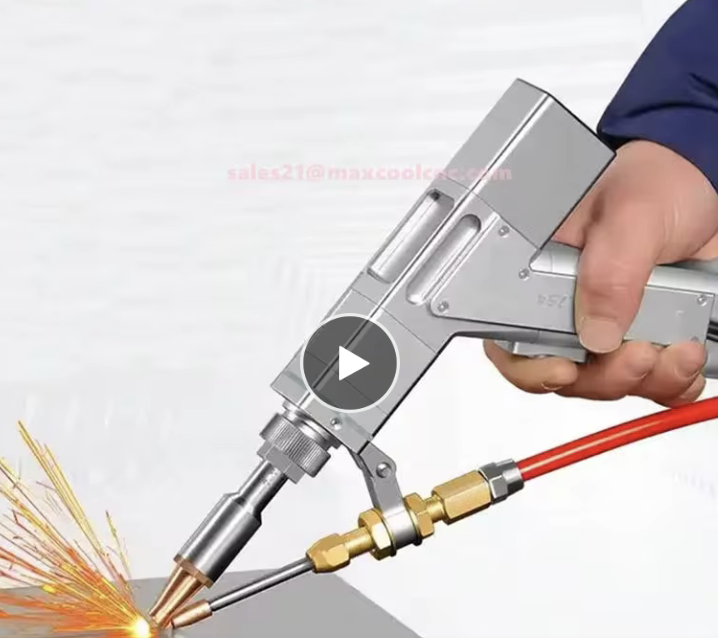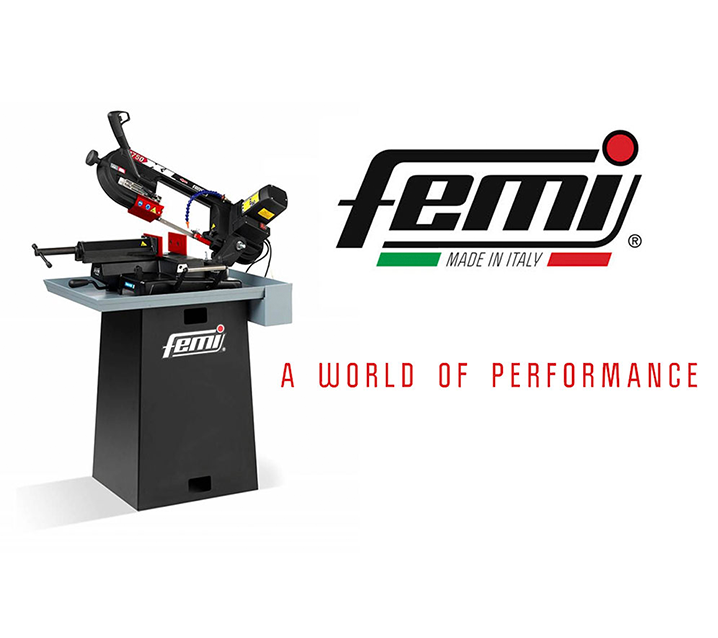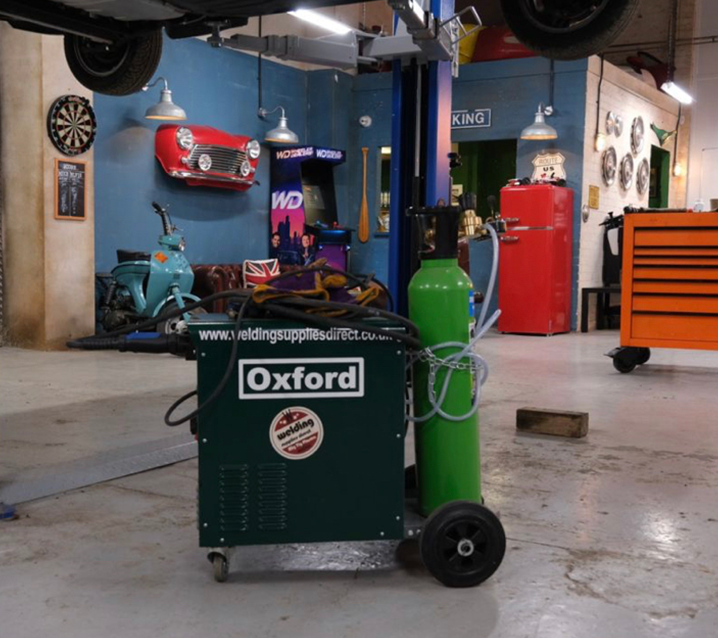Choosing the Best MIG Welder for Your Needs: A Beginners Comprehensive Guide
 03Aug
03Aug
1. Understanding MIG Welding Basics
Before diving into welder specifications, it’s important to understand what MIG welding entails. In MIG welding, a continuous wire electrode is fed through the welding gun while a shielding gas (usually a mix of argon and CO2) protects the weld pool from contamination. The process is user-friendly, making it ideal for beginners and professionals alike. MIG welding is particularly effective for welding thin to medium-thickness metals like steel, stainless steel, and aluminium.
2. Identify Your Welding Requirements
The first step in choosing a MIG welder is identifying what you need it for. Consider the following factors:
Material Type: What metals will you primarily be welding? MIG welders are versatile, but some models are better suited for specific materials. For example, if you plan to weld a lot of aluminium, ensure the welder has a spool gun or is compatible with one.
Material Thickness: The thickness of the material dictates the welder’s power requirements. Thicker materials need higher amperage and voltage. A 140-250 amp welder is adequate for thin metals like automotive body panels, while a 250amp or higher welder is necessary for heavy-duty work like fabricating structural steel.
Frequency of Use: Are you welding occasionally, or will you be using the machine every day? Professionals who weld daily need a durable machine with a higher duty cycle, while hobbyists can opt for less expensive models.
Power Supply: What power outlets are available in your workspace? Most household outlets supply 240V, but industrial units often have 415V outlets. Some MIG welders are dual-voltage, allowing you to switch between 110V, 240V as needed (power correction factor)
3. Consider Key Features of MIG Welders When evaluating different MIG welders, pay attention to these important features:
Amperage Range:
The welder’s amperage range determines its capacity to weld different thicknesses of metal. Higher amperage allows for thicker welds, but a broader range is ideal if you’ll be working with both thin and thick materials.
Duty Cycle:
The duty cycle represents how long a welder can operate within a 10-minute period before needing to cool down. For example, a 60% duty cycle at 100 amps means you can weld for 6 minutes before the machine requires 4 minutes of rest. If you’re working on long projects, look for a higher-duty cycle.
Wire Feed Speed:
A consistent and adjustable wire feed speed is crucial for maintaining smooth and clean welds. Most modern MIG welders offer variable feed speeds, so you can fine-tune settings based on your project.
Portability:
Consider the weight and size of the welder if you need to move it around frequently. Smaller, lightweight models are ideal for home garages or mobile work, while larger industrial models are suitable for dedicated welding spaces.
Spool Gun Compatibility:
If you plan to weld aluminium, ensure the welder is compatible with a spool gun, which helps reduce feeding issues associated with softer aluminium wires.
Ease of Use and Settings Adjustability:
For beginners, a user-friendly welder with automatic settings or presets can simplify the learning curve. More experienced welders may prefer manual controls for greater flexibility.
4. Budget Considerations
Your budget will play a significant role in determining which MIG welder you choose. Entry-level models range from £330 to £500 and are suitable for light-duty work and occasional use. Mid-range welders, costing £500 to £1300, offer more features, better build quality, and are ideal for serious hobbyists and semi-professional work. Professional-grade MIG welders can well exceed £1,900, providing superior power, advanced controls, and longer lifespans.
5. Top MIG Welder Brands and Models to Consider
Some trusted MIG welder brands include Jasic, Parweld, GYS, Lincoln, Miller, EWM, Oxford, and ESAB. Here are a few popular models across different price ranges:
Entry-Level: Paton Standard MIG is a reliable welder, Available in 160, 200, and 250amps perfect for light fabrication and DIY projects.
Mid-Range: The Jasic EVO 200C is a versatile dual-voltage welder that offers multi-process capabilities (MIG, TIG, Stick). If You prefer to buy British, the Oxford MIG Maker 301 is a robust popular machine
Professional-Grade: The GYS Kronos 320P and 400P is a powerful welder with advanced features like Synergic intuitive controls, making it suitable for heavy-duty projects.6. Final
6. Considerations: Safety and Support
Lastly, don’t overlook the importance of safety features like thermal overload protection, which prevents the machine from overheating. Additionally, consider the availability of customer support, warranty, and the ease of finding replacement parts.
Conclusion
Choosing the best MIG welder requires careful evaluation of your specific needs, from material type to frequency of use. By understanding the key features, setting a budget, and comparing top models, you can invest in a welder that delivers consistent performance and meets your welding goals, whether you’re a beginner or a seasoned professional.
Purchase your machine from a supplier who offers a wide range of options rather than pushing a single brand. With over 40 years of experience selling various machines in this industry, I know that each individual’s needs are unique—what works perfectly for one person may not be the best choice for another.
Happy welding!






